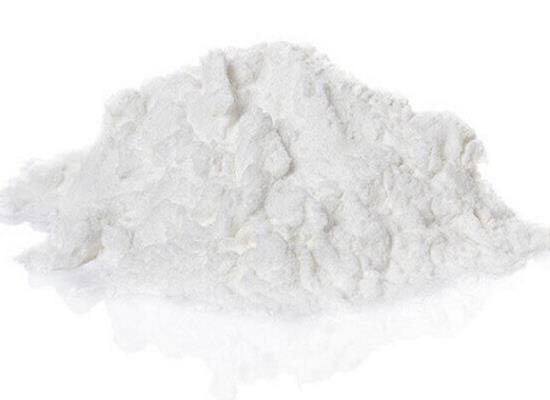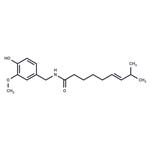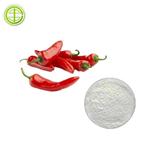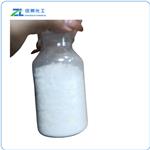The benefits of the naturally occurring substance-Capsaicin
Dec 14,2023
Description
Capsaicin (trans-8-methyl-N-vanillyl-6-nonenamide—C18H27NO3) is a naturally occurring substance derived from the plants of the genus Capsicum, family Solanaceae. Capsaicin is a vanilloid as it contains a vanillyl group in its formula. Vanilloids belong to a class of organic chemicals called protoalkaloids, i.e., alkaloids where nitrogen is located in the side chain. The first isolation of the vanilloid from paprika and cayenne dates back to 1876 and was reported by Thresh. The first study on capsaicin structure dates back to 1920[1].
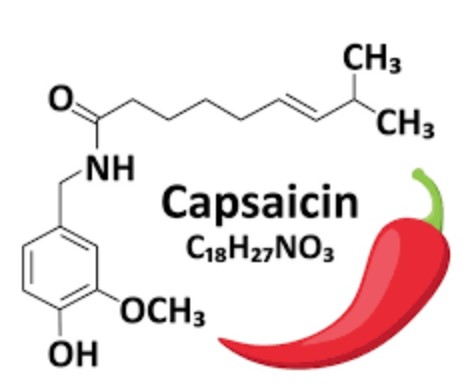
Capsaicin in plants
Capsaicinoids in Capsicum spp. for the most, contain capsaicin and, in lesser quantities, dihydrocapsaicin, homocapsaicin, and homodihydrocapsaicin. Analysis of the levels of capsaicin in various Capsicum fruits showed that green paprika, yellow paprika, and red paprika contained no capsaicin. In contrast, chili Tanjung, red chili, red gendot, green gendot, green curly, japlak rawit, red curly, red rawit and green rawit (cayenne) contained 0.38; 0.83; 0.87; 0.88; 1.05; 1.09; 1.14; 1.85 and 2.11% capsaicin (w/w), respectively.
Benefits
Capsaicin may improve muscular endurance. One systematic review concluded that capsaicin supplementation did not affect aerobic endurance but did appear to improve muscular endurance. In other words, taking a capsaicin supplement allowed the study participants to exercise longer before hitting muscle failure. Researchers believe this is partly due to capsaicin's effects on receptors involved in calcium release in the skeletal muscle. Calcium is required for muscle contraction. As your muscles become fatigued during exercise, their cells release less and less calcium.
In addition, it could support longevity and healthy blood pressure levels. One systematic review reported that people who ate spicy foods six or seven days per week had a 14% lower relative risk of all-cause mortality compared to people who ate spicy foods less than once per week. While other observational studies suggest that eating more chili peppers may help lower blood pressure levels, some suggest that capsaicin's effects on cholesterol may be less beneficial.
Side effects
The nutritional compound capsaicin inhibits the invasion of many types of human cancers. However, the side effects of this compound include a burning sensation, stomach cramps, gut pain, and nausea[2]. Hence, the clinical development of capsaicin as an anti-cancer drug is limited.
References
[1] Bárbara Frias, Adalberto Merighi. “Capsaicin, Nociception and Pain.” Molecules 21 6 (2016).
[2] John D Hurley. “Non-pungent long chain capsaicin-analogs arvanil and olvanil display better anti-invasive activity than capsaicin in human small cell lung cancers.” Cell Adhesion Migration 11 1 (2017): 80–97.
- Related articles
- Related Qustion
- Pharmacological Activity and Potential Health Benefits of Capsaicin Sep 25, 2024
Capsaicin is the main active ingredient of chilli peppers and the most stimulating natural alkaloid.
- Description, Synthesis and Application of Capsaicin Jul 13, 2022
Capsaicin is a unique alkaloid found primarily in the fruit of the Capsicum genus and is what provides its spicy flavor.
Diclofenac sodium is an NSAID that has generally been used due to its high specificity for the arachidonic acid-degrading enzyme COX-2, rather than its isoform COX-1.....
Dec 14,2023APIN,N'-Bis-Boc-1-guanylpyrazole is a reactive compound used in organic synthesis and drug discovery, but requires cautious handling due to limited safety information.....
Dec 15,2023API




